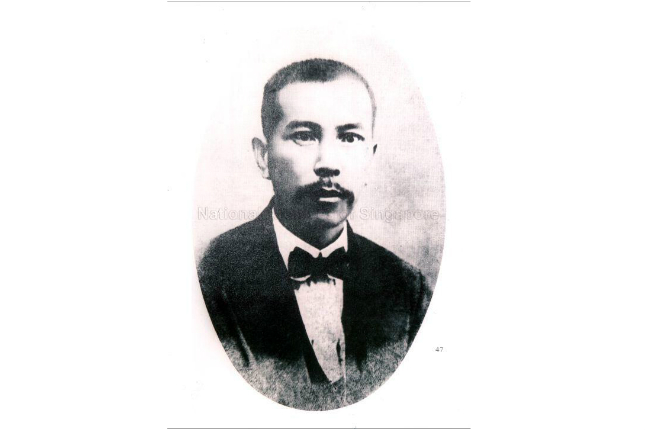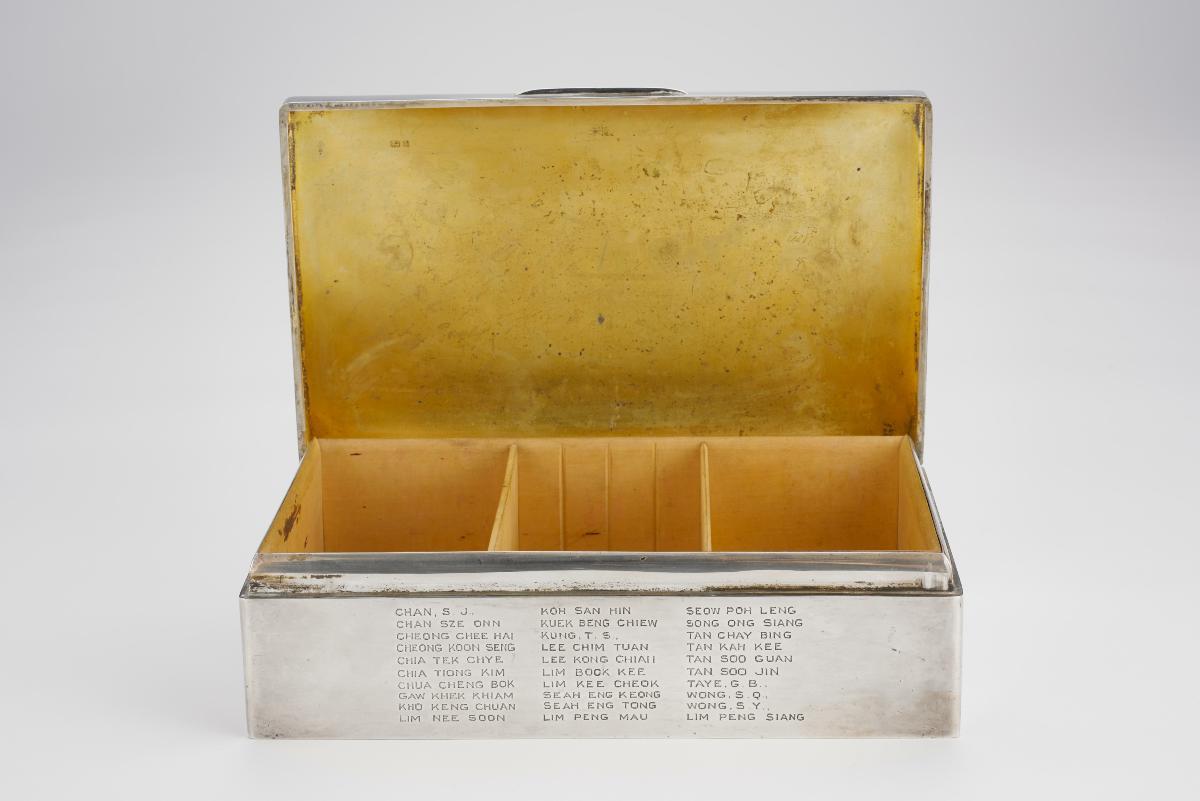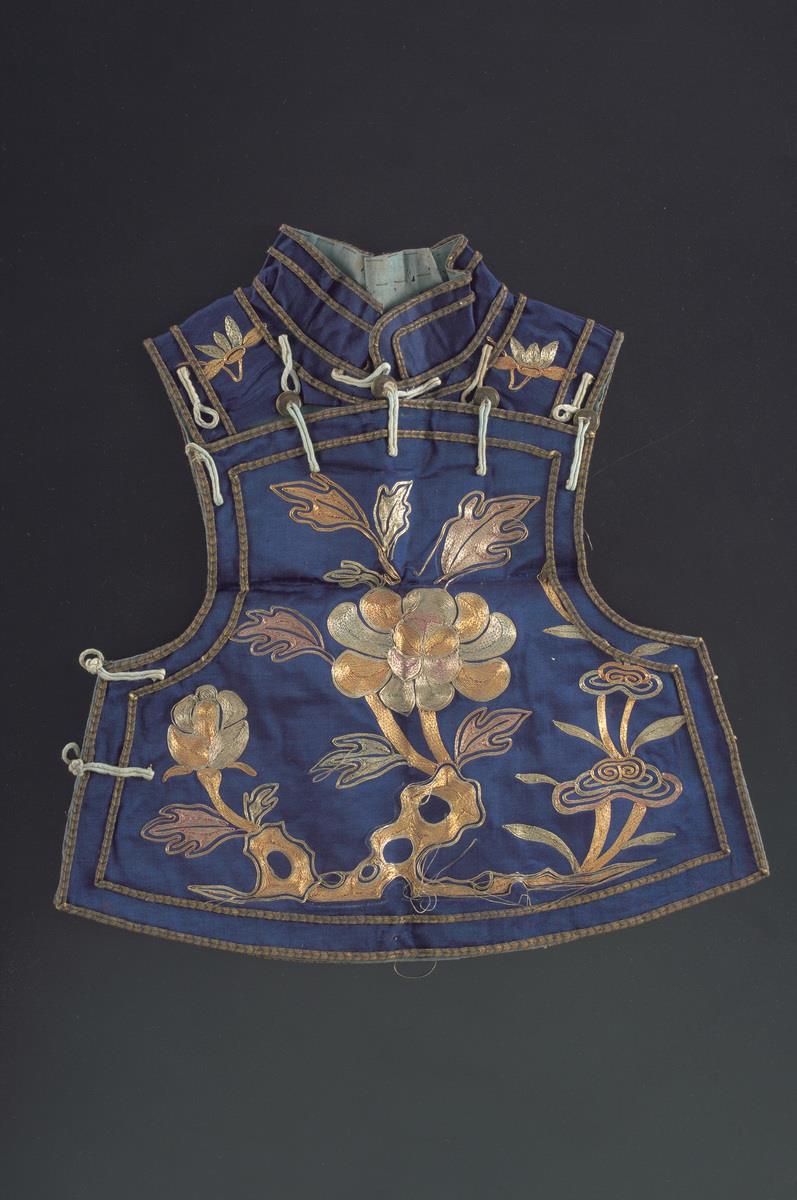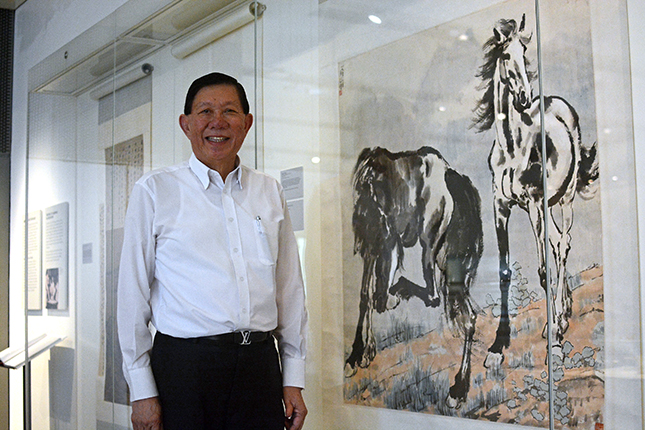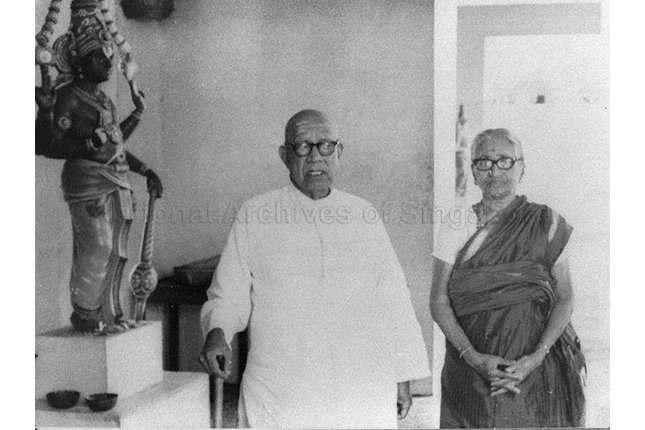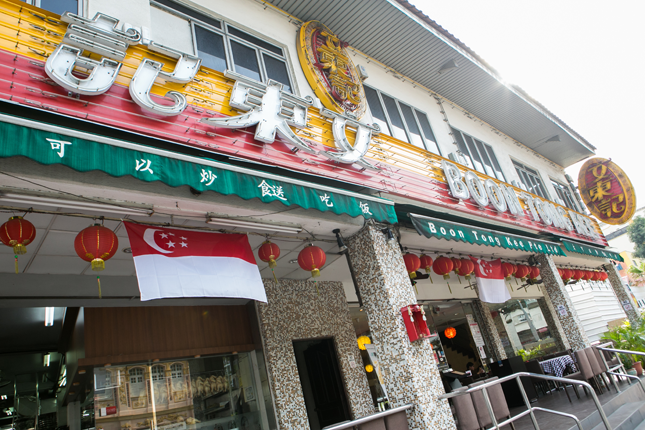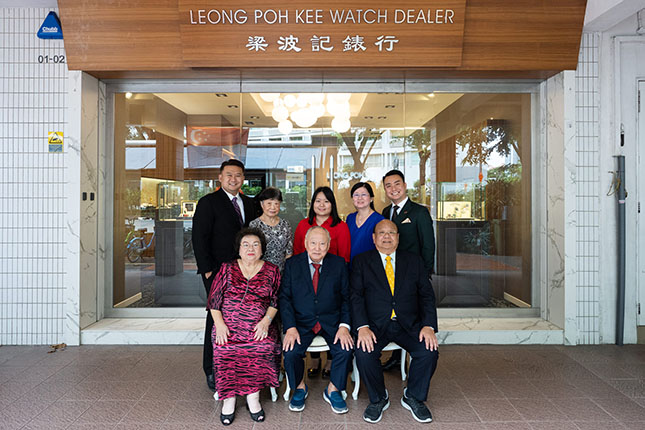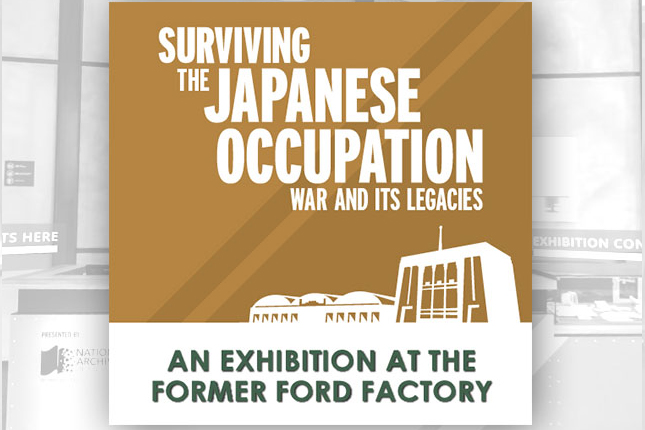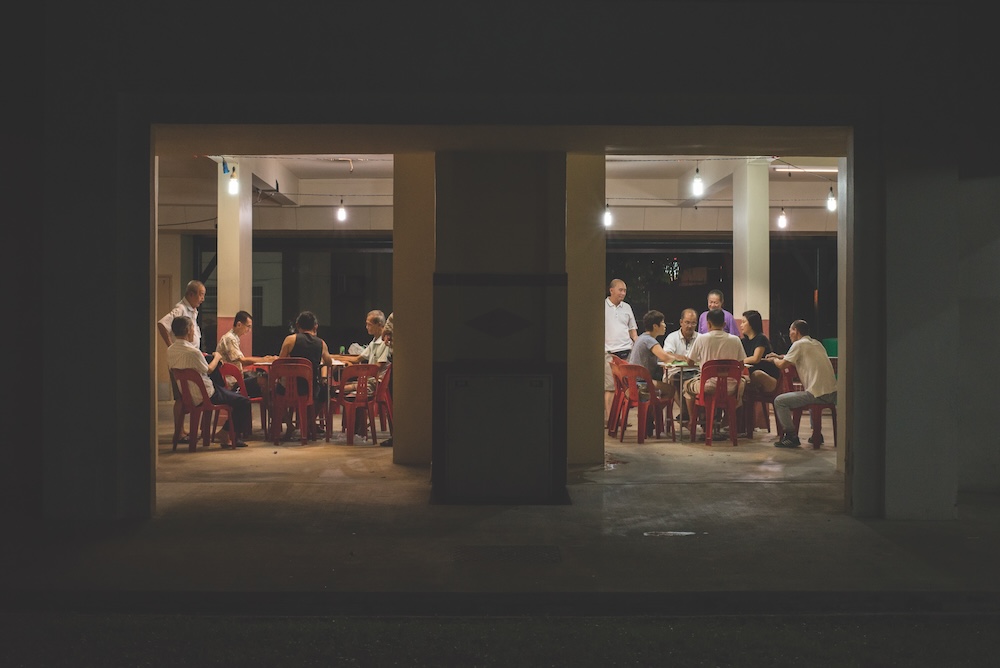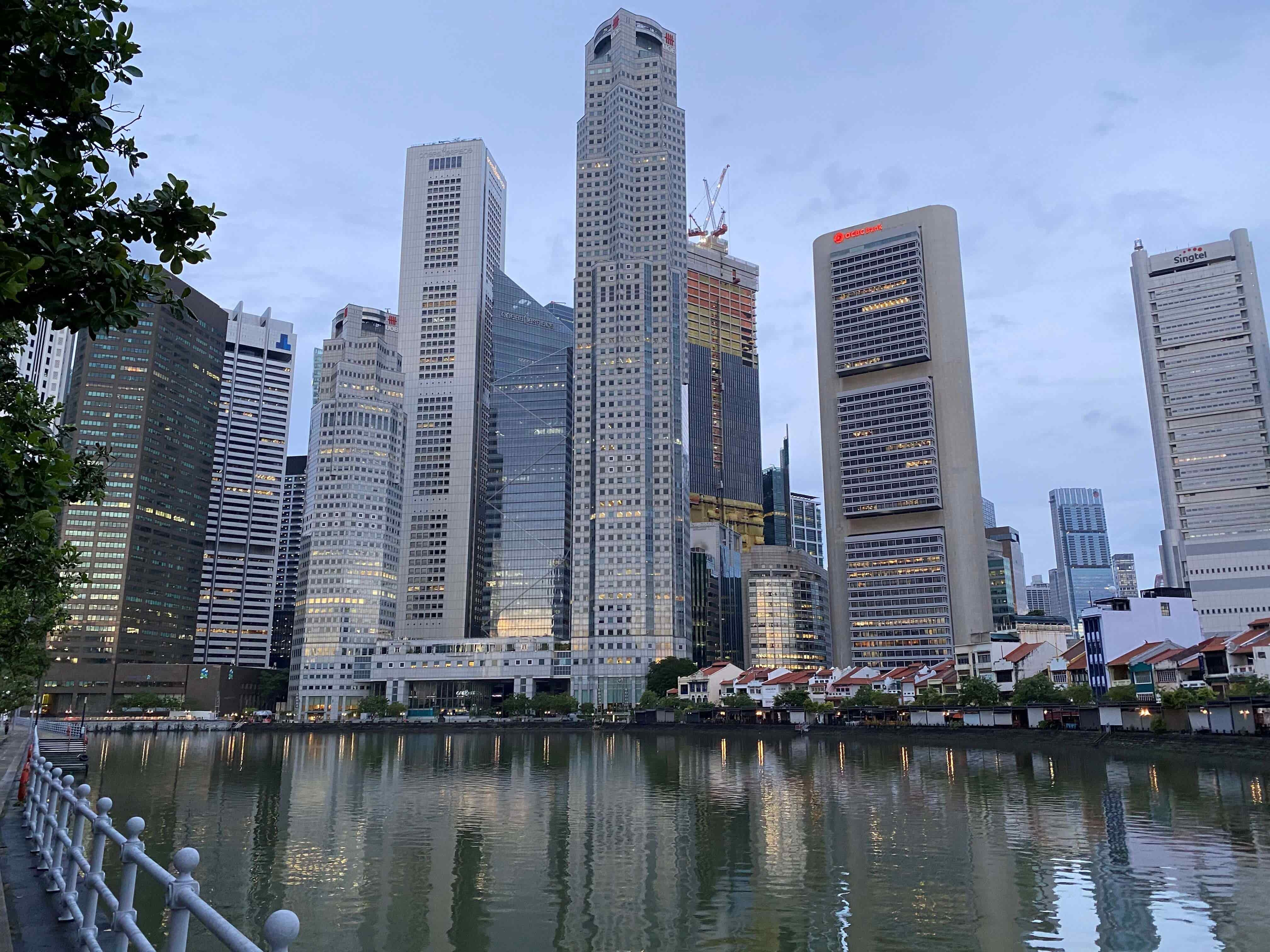Singapore’s Very Own Henry Ford
Tan Kah Kee left his home town in Fujian, China for Singapore at the age of 16, having received a Confucian-centric education.
At work, Tan was diligent, rising through the ranks of Chop Soon Ann, his father’s rice mill and
sundries business in Singapore.3 By the 1900s, his father’s business ventures began to falter4 as a result of
misappropriation and mismanagement. Tan worked to shut the companies down and was singularly focused on clearing their debts.
Tan later built his own empire.
From a single pineapple canning factory, Tan soon had three such enterprises under his name.5
With these successes, he was able to buy back the original home of Chop Soon Ann in North Boat Quay.6
There, he established the Khiam Aik rice mill.7 When his businesses faced setbacks, he branched out into new markets
and other sectors, staying nimble and conscious of global trends. At one point, his empire comprised pineapple and
rubber plantations, rice mills and a biscuit factory. Tan also got involved in the shipping industry as well as the
manufacture of tyres and shoes.8
Tan later built his own empire.
From a single pineapple canning factory, Tan soon had three such enterprises under his name.5
With these successes, he was able to buy back the original home of Chop Soon Ann in North Boat Quay.6
There, he established the Khiam Aik rice mill.7 When his businesses faced setbacks, he branched out into new markets
and other sectors, staying nimble and conscious of global trends. At one point, his empire comprised pineapple and
rubber plantations, rice mills and a biscuit factory. Tan also got involved in the shipping industry as well as the
manufacture of tyres and shoes.8
In the mid-1920s, Tan’s empire created jobs for more than
30,000 people in Singapore and beyond. His success was attributed to his fastidious nature and
involvement in all stages of the supply chain — much like Henry Ford, the great industrialist.9
Tan took several employees under his wing, his mentorship and tutelage leading to the rise of
other movers and shakers such as Lee Kong Chian and Tan Lark Sye.10
Tan’s businesses wound up “naturally”, having been
impacted by international financial cycles and catastrophes such as the Great Depression.11
Historian Wang Gungwu, who described Tan as “one of the earliest global Chinese entrepreneurs
that the Nanyang produced”, said it was precisely because of the global reach of his businesses
that Tan was subjected to such crashes.12
Instead of resting on his laurels,
Tan reinvented himself to serve his communities in Singapore and China.
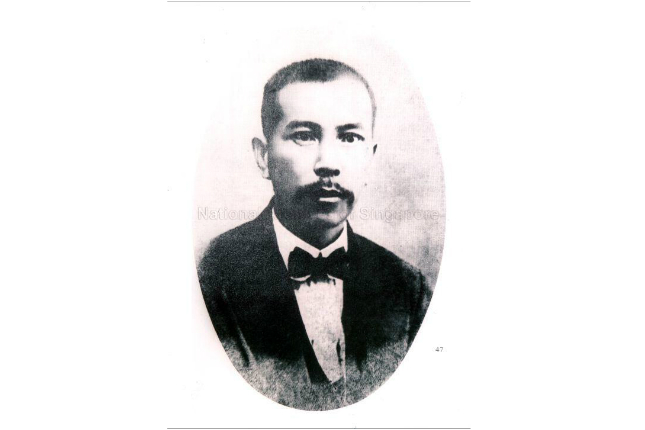 Tan Kah Kee. (Image from the National Archives of Singapore)
Tan Kah Kee. (Image from the National Archives of Singapore)
Confucian consciousness
A firm believer in education as a social leveller,
and continually guided by Confucian values, Tan was involved in setting up more than 10
schools and institutes such as Tao Nan School, Ai Tong School, and The Chinese High School (now Haw Chong Institution after a merger with Hwa Chong Junior College)13 in Singapore.
In China, he pushed for the establishment of Xiamen University.14
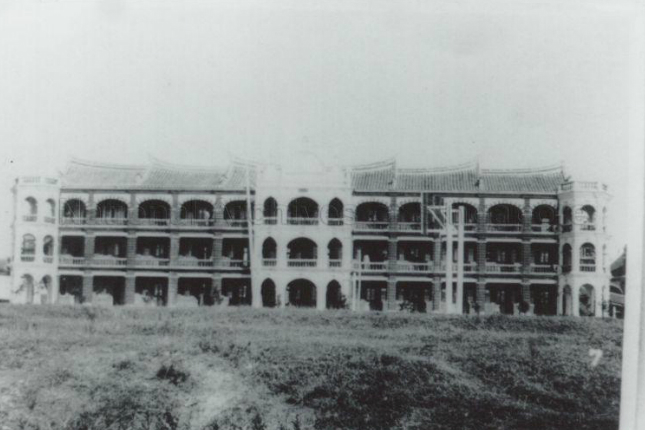 Jimei Secondary School which was established by
Tan Kah Kee in his hometown in Fujian, China. (Image from the National Archives of Singapore)
Jimei Secondary School which was established by
Tan Kah Kee in his hometown in Fujian, China. (Image from the National Archives of Singapore)
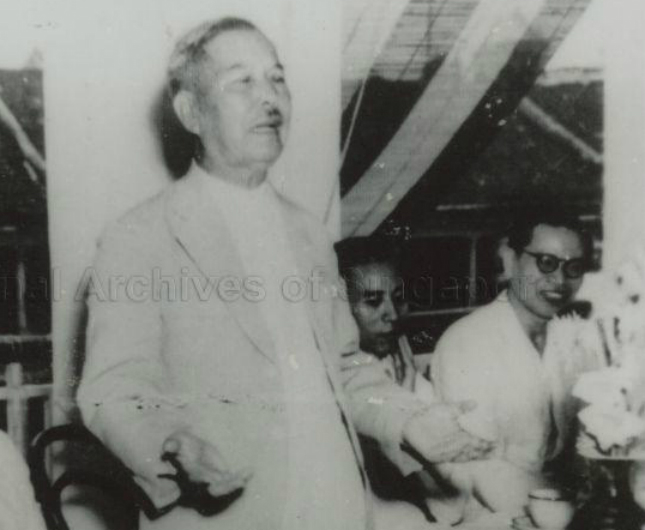 Tan Kah Kee giving a thank you speech at the Ee Hoe Hean
Club in Bukit Pasoh in the 1940s. (Image from the National Archives of Singapore)
Tan Kah Kee giving a thank you speech at the Ee Hoe Hean
Club in Bukit Pasoh in the 1940s. (Image from the National Archives of Singapore)
In 1923, Tan started Nanyang Siang Pau, a Chinese
newspaper to encourage a reading culture and promote businesses.
15
In 1929, he was elected to serve as
president of the Hokkien Huay Kuan.16
He used its platform to call for unity among Singapore’s varied Chinese
dialect communities and to put an end to social ills such as opium addiction.
His mind was also on his home country. To this end, he set up a number of
funds to provide relief for flooding victims, and to render aid following the outbreak of war between China and
Japan in 1937. The following year, he served as head of the
South-East Asia Federation of the China Relief Fund to further support the anti-war effort.
When the Japanese reached Singapore in 1942,
Tan rallied members of the Chinese community to aid the British in repelling
the invaders.17 For all his anti-war efforts, Tan was a prime target of the
Japanese and thus had little choice but to leave Singapore. He ended up in
Marang, Indonesia where he spent his time writing.18
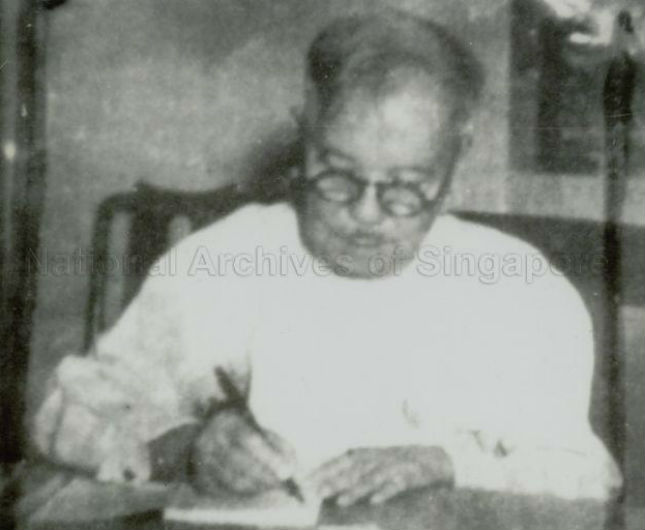 Tan Kah Kee writing a letter. (Image from the National Archives of Singapore)
Tan Kah Kee writing a letter. (Image from the National Archives of Singapore)
After the war, Tan returned to
Singapore and launched the Nan Chiao Jit Poh, a newspaper which took on
an unfavourable tone towards the ruling Kuomintang in China.
The British, fearing that the growing politicisation of Chinese
in Malaya and Singapore, grew increasingly apprehensive about
individuals such as Tan.19 At one point, they even considered
cancelling his British citizenship.20 Tan left Singapore for
China in 1950, and in 1957, renounced his British citizenship.
In China, he dedicated his resources towards rebuilding and reconstruction efforts.
When he died in Beijing, China at 87,
Tan was given a state funeral by the Chinese
government to honour his contributions.
His final resting place is in Ao Yuan, Jimei, China.
In Singapore he’s remembered in various ways.
For instance, a train station which opened in Bukit Timah in 2015 bears his name.
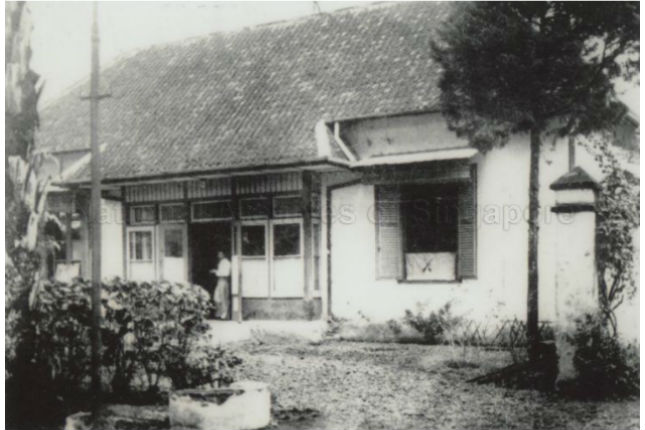 Tan Kah Kee holed himself up in this house in Marang, Indonesia during World War II. (Image from the National Archives of Singapore)
Tan Kah Kee holed himself up in this house in Marang, Indonesia during World War II. (Image from the National Archives of Singapore)
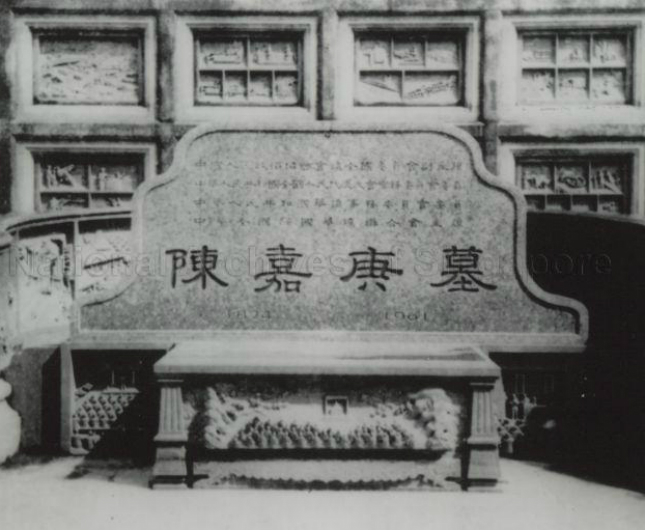 Tan Kah Kee's tombstone. (Image from the National Archives of Singapore)
Tan Kah Kee's tombstone. (Image from the National Archives of Singapore)




